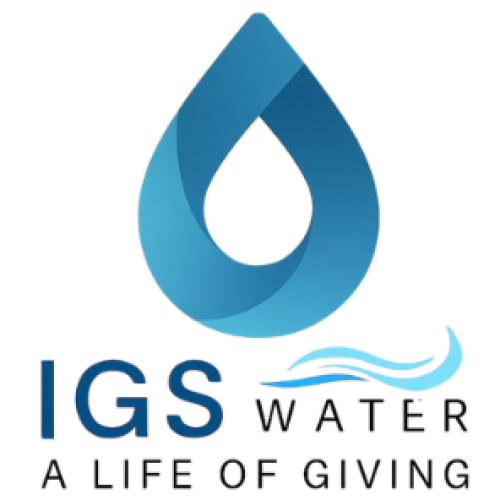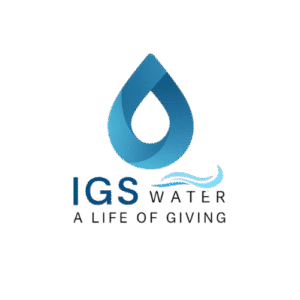Dissolved Oxygen (DO) is one of the most important indicators of water quality, yet it is often overlooked outside of scientific and industrial settings. Simply put, DO is the amount of oxygen present in water. From supporting aquatic life to driving essential chemical processes, it plays a vital role in keeping ecosystems balanced and water systems efficient.
When DO levels are too low, water becomes stressed and unhealthy. Conversely, stable and high DO levels lead to clearer, fresher, and more productive water.
Why Dissolved Oxygen Matters
Aquatic Life Survival
Fish, shellfish, and other aquatic organisms rely on oxygen dissolved in water to breathe. Low DO levels (hypoxia) can lead to fish kills, stunted growth, and reduced biodiversity.
Wastewater Treatment Efficiency
DO is critical in wastewater treatment plants, where aerobic bacteria need oxygen to break down organic matter. Without sufficient DO, treatment processes slow down and water quality declines.
Algae and Odor Control
Low DO conditions favor algae blooms and anaerobic bacteria, which often release foul odors and toxic byproducts. Increasing DO can suppress harmful algae and improve overall water clarity.
Industrial and Agricultural Applications
In aquaculture, irrigation, and industrial water use, DO levels directly affect productivity. Healthy oxygen levels improve crop absorption, enhance fish growth, and reduce the risk of system failures.
Challenges in Maintaining DO Levels
Natural water bodies often suffer from stratification, where oxygen-rich water remains at the surface while deeper layers turn stagnant. In addition, rising temperatures, nutrient pollution, and organic waste all reduce oxygen availability.
For industries and farmers, these challenges mean higher costs, reduced yields, and lower water quality if not properly addressed.
Smart Solutions for Boosting DO
Nanobubble Technology
Nanobubbles are a revolutionary solution for increasing DO levels. They penetrate deeper into the water column, remain stable for longer periods, and deliver oxygen more efficiently than traditional aeration methods.
Pond Aeration and Destratification
By continuously circulating water and preventing stagnant zones, aeration systems restore oxygen balance throughout the entire ecosystem. This improves water quality, suppresses algae, and supports aquatic life.
Integrated Water Management
Combining DO monitoring with advanced treatment systems ensures stable oxygen levels, reduces reliance on chemicals, and promotes long-term sustainability.
Building a Healthier Water Future
At IGS Water, we understand that dissolved oxygen is not just a number on a water quality report — it is the foundation of healthy, sustainable water systems. Through our nanobubble, aeration, and treatment technologies, we help industries, farmers, and communities maintain optimal DO levels for cleaner, more resilient water.

